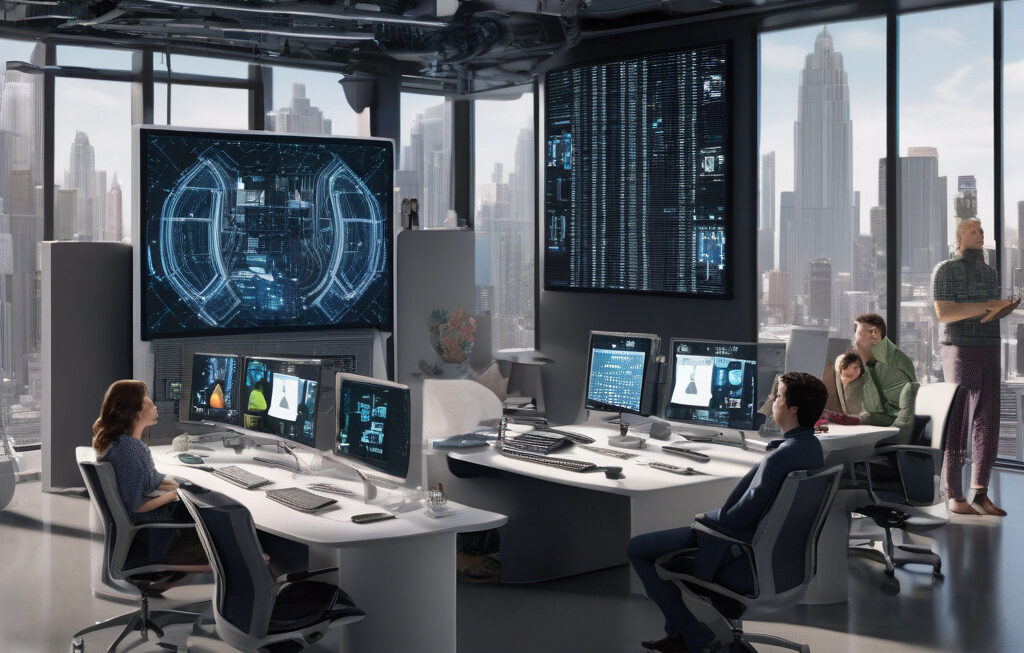Tesla’s New China Autopilot Update Falls Short of Expectations
Tesla, the electric vehicle giant, has recently rolled out an update for its Autopilot system in China. This update comes with new features, such as automatic lane changes and traffic light detection, aiming to enhance the driving experience for Tesla owners in the region. However, despite the anticipation surrounding the release, the update seems to have fallen short of expectations, leaving some users underwhelmed.
One of the key features of the update is the automatic lane change function, which allows Tesla vehicles to change lanes on their own when the Autopilot system is engaged. While this feature has the potential to improve driving efficiency and convenience, some users have reported issues with its performance. Complaints range from delayed lane changes to instances where the system fails to execute the maneuver altogether, raising concerns about its reliability and safety.
Another notable addition to the update is traffic light detection, a feature that enables Tesla vehicles to recognize and respond to traffic lights. This functionality is crucial for enabling more advanced autonomous driving capabilities, but early feedback suggests that it is not without its flaws. Users have noted instances where the system fails to detect traffic lights accurately or misinterprets signals, leading to potentially dangerous situations on the road.
The mixed reception of Tesla’s new Autopilot update in China highlights the challenges of developing and deploying autonomous driving technologies. While these features have the potential to revolutionize the way we think about transportation, they also underscore the complexities and limitations of current self-driving systems. As Tesla continues to iterate on its Autopilot software, addressing these issues will be crucial to ensuring the safety and reliability of its vehicles on the road.
Despite the concerns raised by some users, it is important to recognize the strides that Tesla has made in advancing autonomous driving technology. The inclusion of features like automatic lane changes and traffic light detection represents significant progress towards a future where self-driving cars are the norm rather than the exception. By pushing the boundaries of innovation and embracing new challenges, Tesla is setting the stage for a more connected and automated driving experience for all.
In conclusion, Tesla’s new Autopilot update in China may have fallen short of some expectations, but it serves as a reminder of the complexities involved in developing autonomous driving technologies. While there are certainly challenges to overcome, the continued evolution of features like automatic lane changes and traffic light detection signals a promising future for self-driving cars. As Tesla refines its Autopilot system and addresses user feedback, the company is paving the way for a safer, more efficient, and ultimately more enjoyable driving experience for all.
Tesla, Autopilot, China, Update, AutonomousDriving










